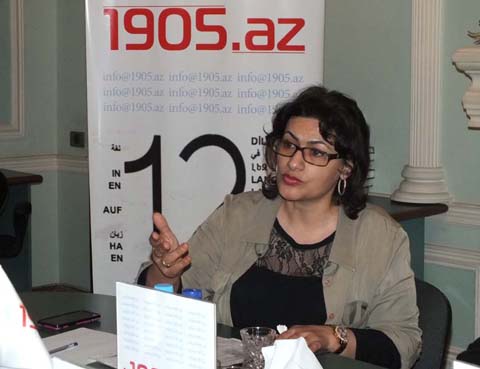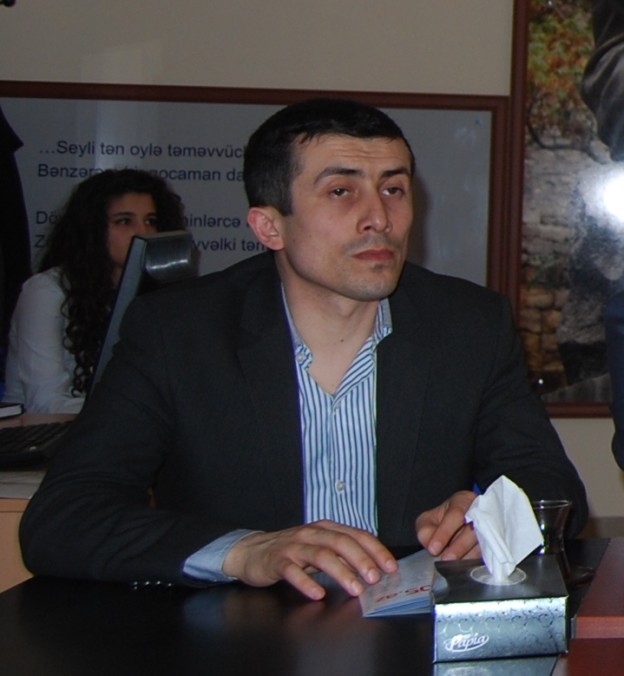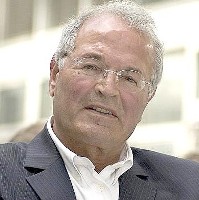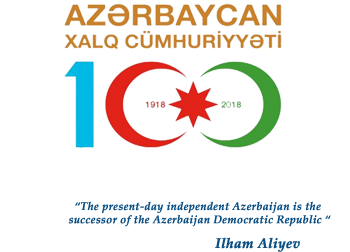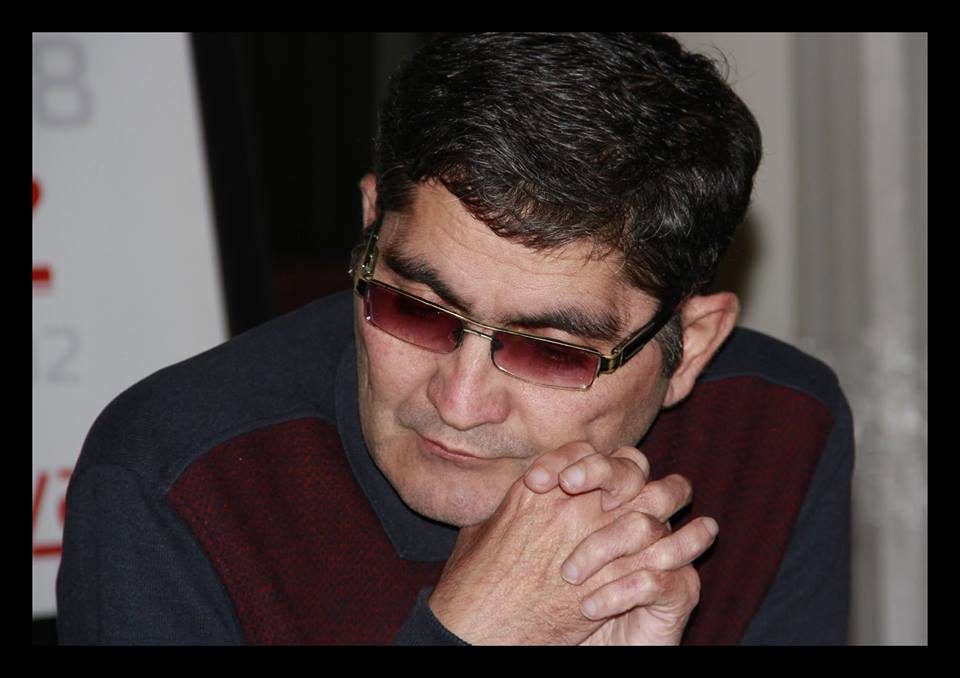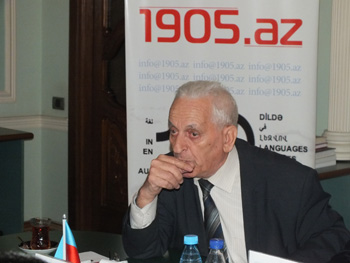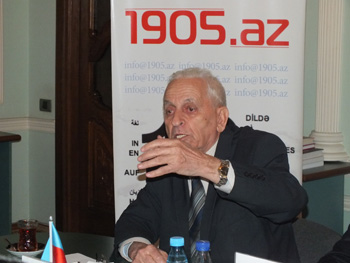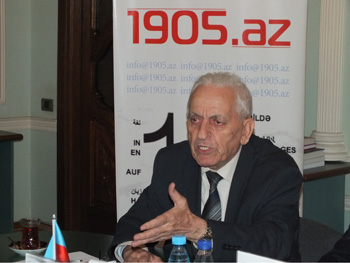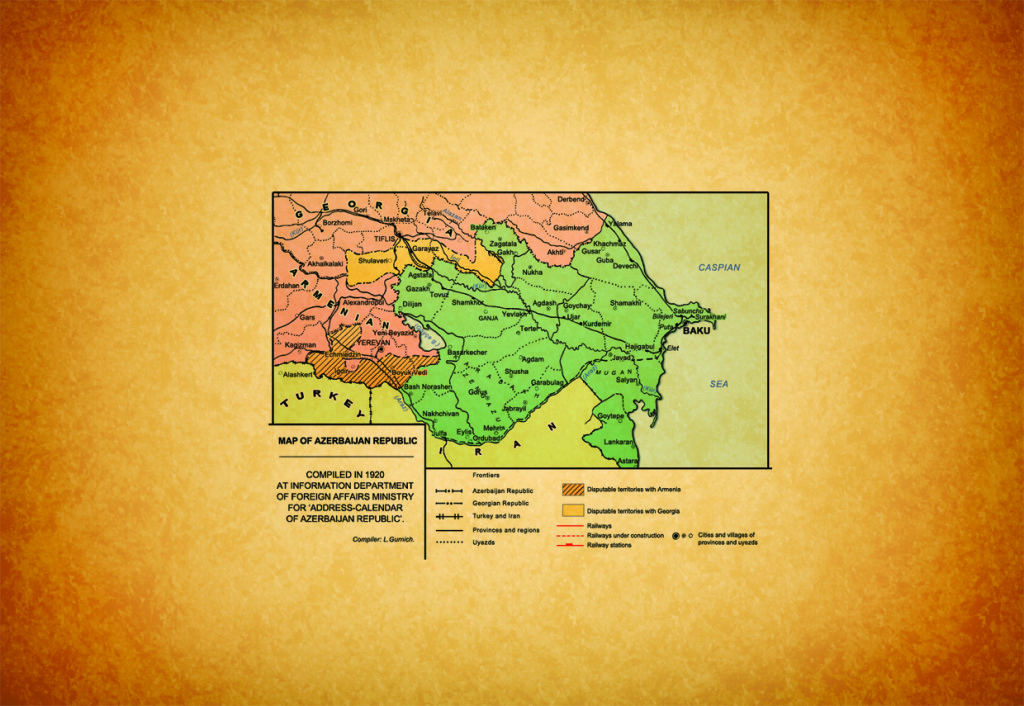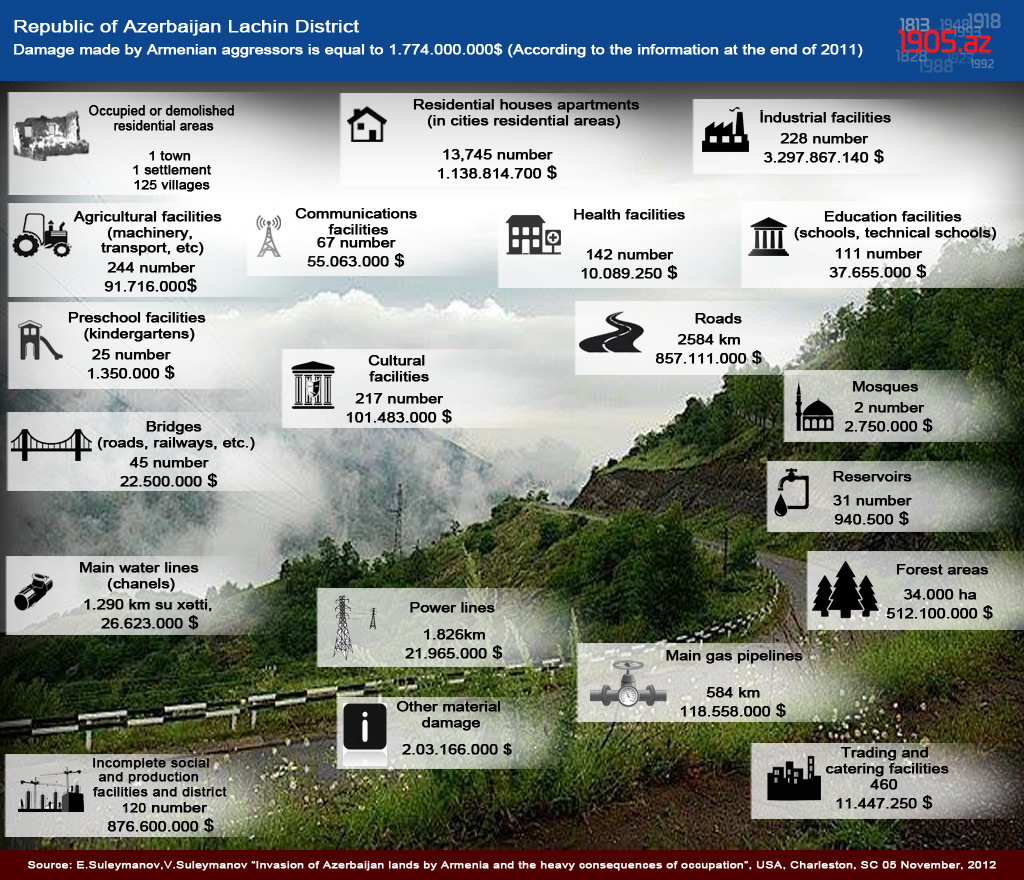“Tamga” element is reflected on the “Gasimushaghi” embroideries and rugs. Although many virtues of the “Gasimushaghi” (also, “Kasim Ushag”, “Kasim-Usag”, “Gasimushagy” and “Kasymushagy”) rugs and embroideries have been explored, some elements, motives, patterns or figures need investigation and exact explanation.
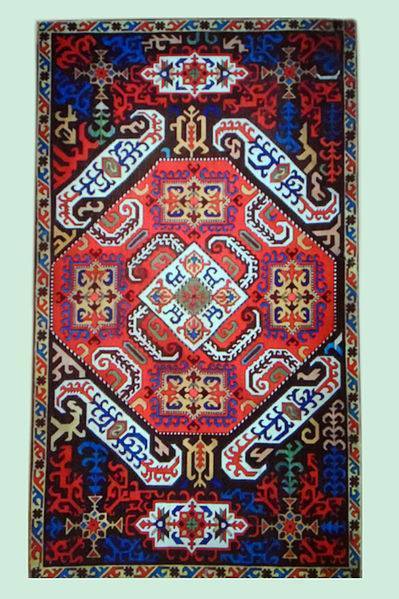 To say in modern language, all these embroideries and carpets obtained at various times and in a variety of ways by merchants, traders were delivered to museums, as Caucasus, and sometimes, as Armenian rugs, thus, these rugs are identified by these names. One of its characteristic features and, maybe, the first one, is its full transversal and longitudinal symmetry.Each of symbols and patterns depicted on rugs and embroideries has its own origin, meaning and main cause of creation. All these details, patterns, motives and figures were first reflected on “Gasimushaghi” embroideries and then on rugs. These symbols and patterns that preserve the faith, history, national origin, aesthetic sensation on the “Gasimushaghi” crew? is unrepeatable and real treasure preserving traditions in them and it is memorable. I tried to do conduct some researches on one of these patterns in my article. These elements, especially located in the main borders of the rugs and embroideries, are called among “Gasimushaghi” carpet makers”, as Tamga”. But some researchers have different approach to it. They try to call them according to their own views. It is necessary to add that, according to the Turkic history, and extremely important issue – “tamgas” that were placed on textile products (as rugs, carpets, kilims) or on tombstones by the ancient Turks and it came to reached down to our days, as art work. This “tamga” that used in “Gasimushaghi”rugs and embroideries was integrated from “Gasimushaghi” rugs of Oghuz tribes. In the study of art, the “tamga” represents family, oba, nation and state. Some researchers erroneously connect these elements with Arabic music (ballet pose). They claim, that it was written in Kufic. But all these statements are fundamentally wrong. Although there is similarity between Arabic Kufic and elements on this rug, only women in the carpet manufacture could explain this. All know that, from the ancient times most of weavers were illiterate women. At that period some women could read and write Arabic, but they weren’t calligraphers. Maybe these patterns remind something in Kufic, but they don’t have any meaning. First of all, if these writings were written in Kufic, they must have, at least, the meaning in family group of Oghuz language, secondly, these women- weavers couldn’t knit or draw elements so exactly, as they didn’t know Kufic. According to reports, “Gasimushaghi rugs” gaining historical and scientific importance, were completely decorated with ancient Turkic patterns and motives and were considered, as significant samples in XVII century for their artistic and technical features. These rugs, possessing ancient provenance, were produced by Gasimushaghi kin, residing in the area of the modern Azerbaijan Republic “Kurdhadji, Shamkent, Shelve” – administrative territorial units of the Lachin region. As those territories belonged to the Gasimushaghi kin, it was called “Gasimushaghi rugs”. As the other villages of the Lachin region, the territory of Gasimushaghi kin was occupied by the Armed Forces of the Republic of Armenia in 1992. The members of Gasimushaghi kin, being Oghuz Turks and calling themselves, as “Teke Turkmen” were forcibly displaced from their motherland, due to occupation and came to other regions of the Azerbaijan Republic. So the production of the Gasimushaghi rugs in those regions was stopped. As a result of Armenians’ robbery, additionally to other Azerbaijan carpets, Gasimushaghi carpets introduced to the museums and exhibitions under Armenian name. Armenians plundered not only rugs, but also other material and spiritual wealth, which were inherited by Gasimushaghi kin from their ancestors. Armenians not only plundered them, but they also privatized them. Nowadays, some members of Gasimushaghi kin preserve rugs, which they weaved with their own hands in their own collection (or in their houses).
To say in modern language, all these embroideries and carpets obtained at various times and in a variety of ways by merchants, traders were delivered to museums, as Caucasus, and sometimes, as Armenian rugs, thus, these rugs are identified by these names. One of its characteristic features and, maybe, the first one, is its full transversal and longitudinal symmetry.Each of symbols and patterns depicted on rugs and embroideries has its own origin, meaning and main cause of creation. All these details, patterns, motives and figures were first reflected on “Gasimushaghi” embroideries and then on rugs. These symbols and patterns that preserve the faith, history, national origin, aesthetic sensation on the “Gasimushaghi” crew? is unrepeatable and real treasure preserving traditions in them and it is memorable. I tried to do conduct some researches on one of these patterns in my article. These elements, especially located in the main borders of the rugs and embroideries, are called among “Gasimushaghi” carpet makers”, as Tamga”. But some researchers have different approach to it. They try to call them according to their own views. It is necessary to add that, according to the Turkic history, and extremely important issue – “tamgas” that were placed on textile products (as rugs, carpets, kilims) or on tombstones by the ancient Turks and it came to reached down to our days, as art work. This “tamga” that used in “Gasimushaghi”rugs and embroideries was integrated from “Gasimushaghi” rugs of Oghuz tribes. In the study of art, the “tamga” represents family, oba, nation and state. Some researchers erroneously connect these elements with Arabic music (ballet pose). They claim, that it was written in Kufic. But all these statements are fundamentally wrong. Although there is similarity between Arabic Kufic and elements on this rug, only women in the carpet manufacture could explain this. All know that, from the ancient times most of weavers were illiterate women. At that period some women could read and write Arabic, but they weren’t calligraphers. Maybe these patterns remind something in Kufic, but they don’t have any meaning. First of all, if these writings were written in Kufic, they must have, at least, the meaning in family group of Oghuz language, secondly, these women- weavers couldn’t knit or draw elements so exactly, as they didn’t know Kufic. According to reports, “Gasimushaghi rugs” gaining historical and scientific importance, were completely decorated with ancient Turkic patterns and motives and were considered, as significant samples in XVII century for their artistic and technical features. These rugs, possessing ancient provenance, were produced by Gasimushaghi kin, residing in the area of the modern Azerbaijan Republic “Kurdhadji, Shamkent, Shelve” – administrative territorial units of the Lachin region. As those territories belonged to the Gasimushaghi kin, it was called “Gasimushaghi rugs”. As the other villages of the Lachin region, the territory of Gasimushaghi kin was occupied by the Armed Forces of the Republic of Armenia in 1992. The members of Gasimushaghi kin, being Oghuz Turks and calling themselves, as “Teke Turkmen” were forcibly displaced from their motherland, due to occupation and came to other regions of the Azerbaijan Republic. So the production of the Gasimushaghi rugs in those regions was stopped. As a result of Armenians’ robbery, additionally to other Azerbaijan carpets, Gasimushaghi carpets introduced to the museums and exhibitions under Armenian name. Armenians plundered not only rugs, but also other material and spiritual wealth, which were inherited by Gasimushaghi kin from their ancestors. Armenians not only plundered them, but they also privatized them. Nowadays, some members of Gasimushaghi kin preserve rugs, which they weaved with their own hands in their own collection (or in their houses).
Sultan HUMBATOV

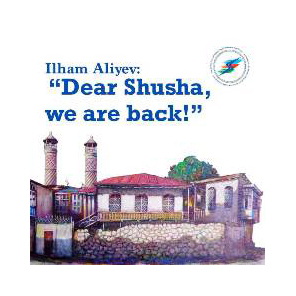
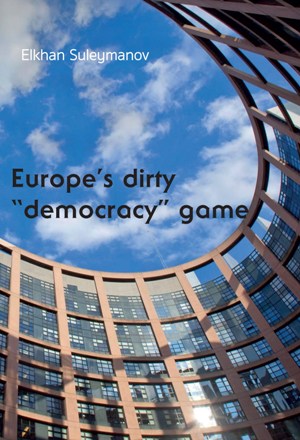
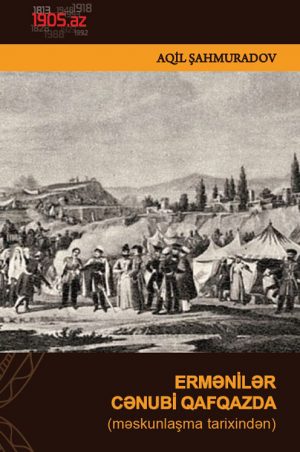
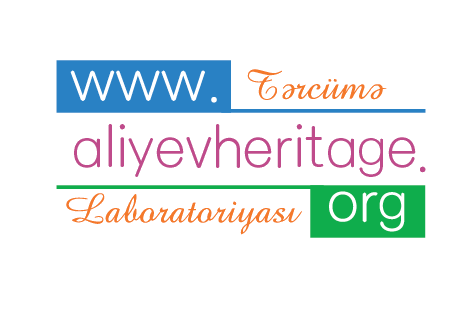

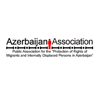


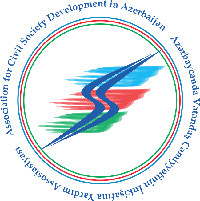
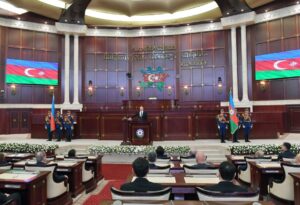 Inauguration ceremony of President of Azerbaijan Ilham Aliyev was held
Inauguration ceremony of President of Azerbaijan Ilham Aliyev was held Ilham Aliyev wins presidential election with 92.05 percent of votes VIDEO
Ilham Aliyev wins presidential election with 92.05 percent of votes VIDEO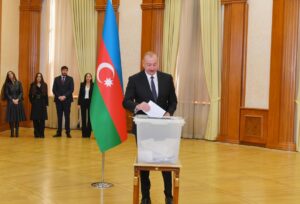 President Ilham Aliyev, First Lady Mehriban Aliyeva and family members voted in Khankendi VIDEO
President Ilham Aliyev, First Lady Mehriban Aliyeva and family members voted in Khankendi VIDEO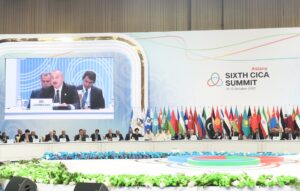 Plenary session of 6th Summit of Conference on Interaction and Confidence Building Measures in Asia gets underway in Astana. President Ilham Aliyev attends the plenary session VIDEO
Plenary session of 6th Summit of Conference on Interaction and Confidence Building Measures in Asia gets underway in Astana. President Ilham Aliyev attends the plenary session VIDEO President Ilham Aliyev was interviewed by Azerbaijani TV channels in Prague VIDEO
President Ilham Aliyev was interviewed by Azerbaijani TV channels in Prague VIDEO



